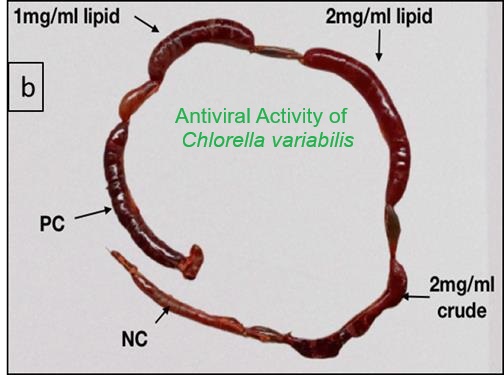Three experimental animal parasite models for assessing anthelmintic efficacy and immunopotentiating properties of natural products: protocols and applications
DOI:
https://doi.org/10.24377/jnpd.article3245Keywords:
: INTESTINAL HELMINTHS; ANIMAL MODELS; NATURAL PRODUCTS; ANTHELMINTIC EFFICACY; IMMUNOPOTENTIATIONAbstract
Downloads
Published
2025-11-06
Issue
Section
Opinion papers
License
Copyright (c) 2025 Elsayed Elowni

This work is licensed under a Creative Commons Attribution 4.0 International License.
This journal provides immediate open access to its content with no submission or publications fees. Authors retain copyright and grant the journal right of first publication with the work simultaneously licensed under a LicenceCreative Commons Attribution License that allows others to read, download, copy, distribute, print, search, or link to the full text of works in this journal. It also allows others to remix, adapt and build upon the work, as long as credit is given to the author(s).


